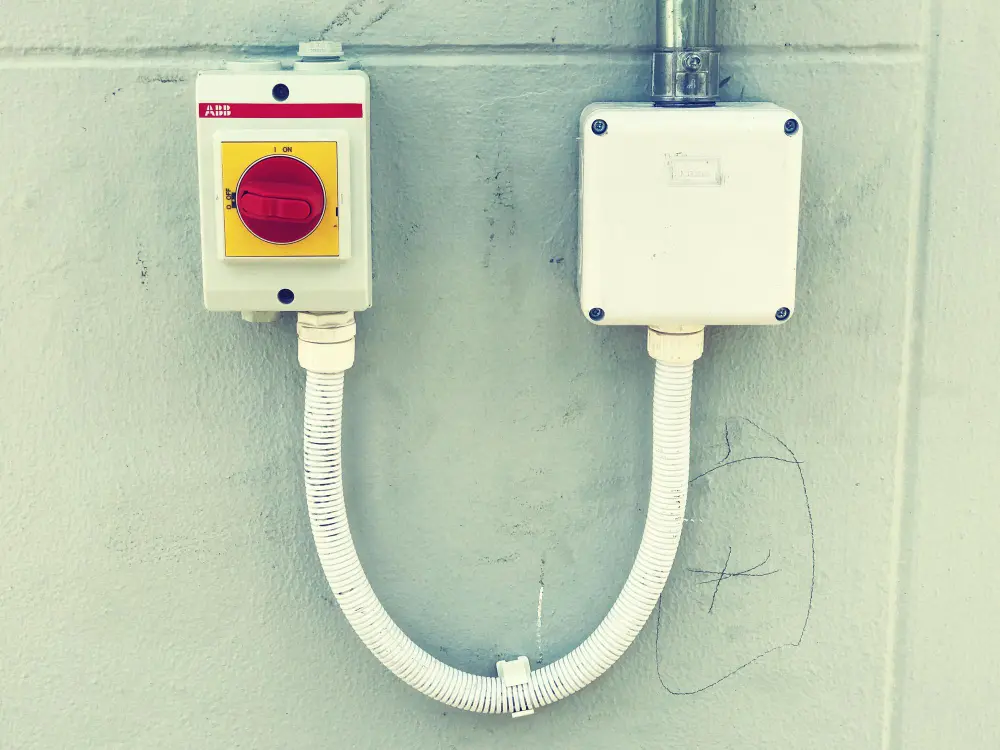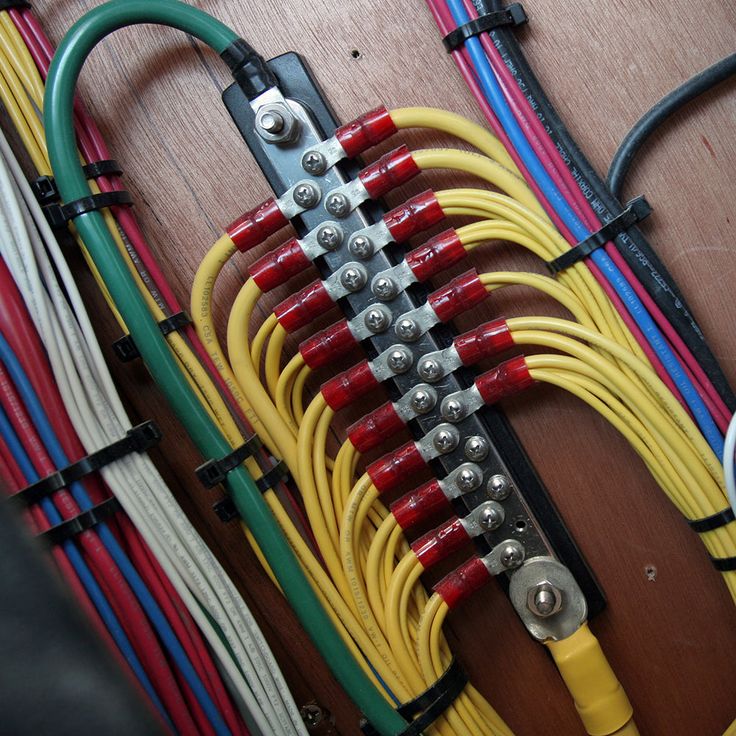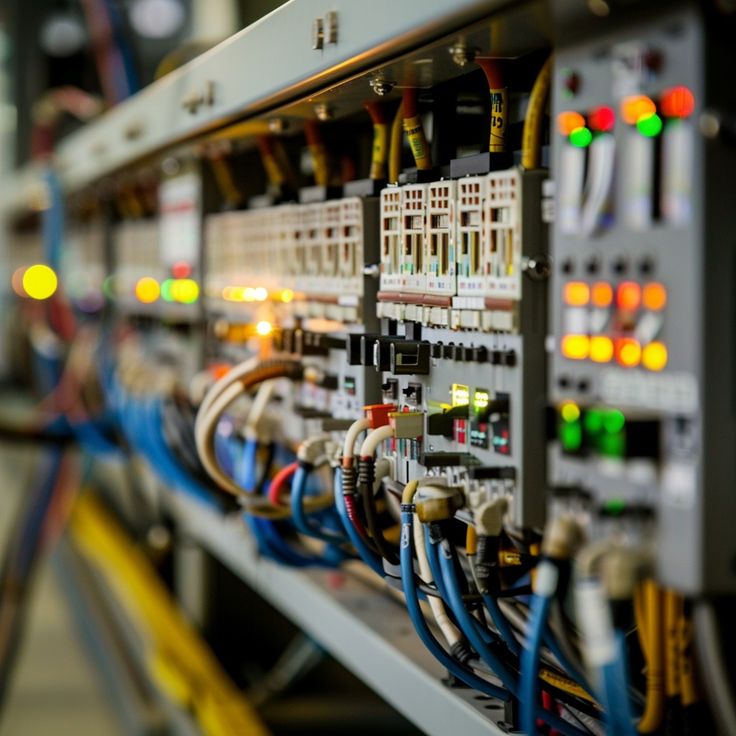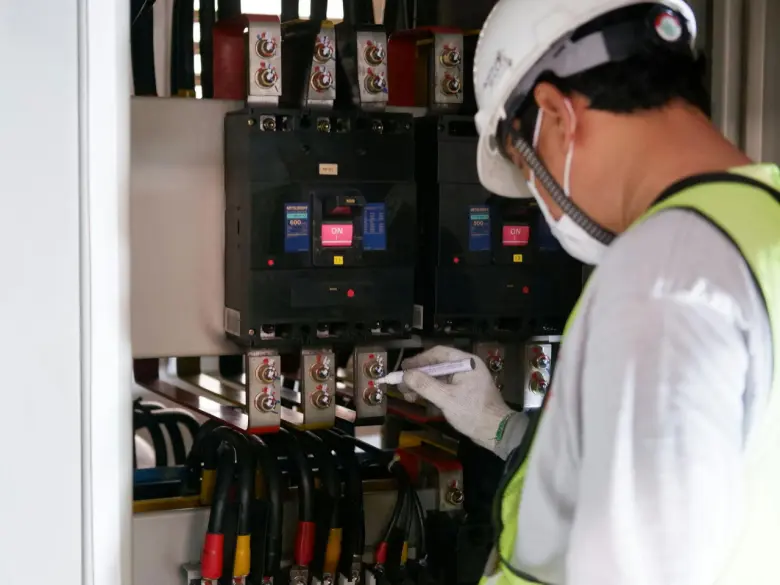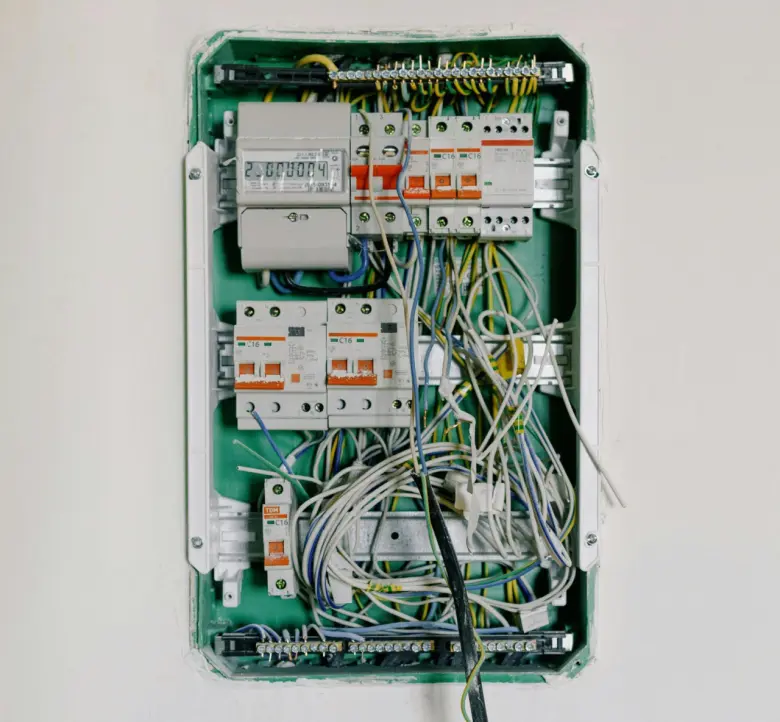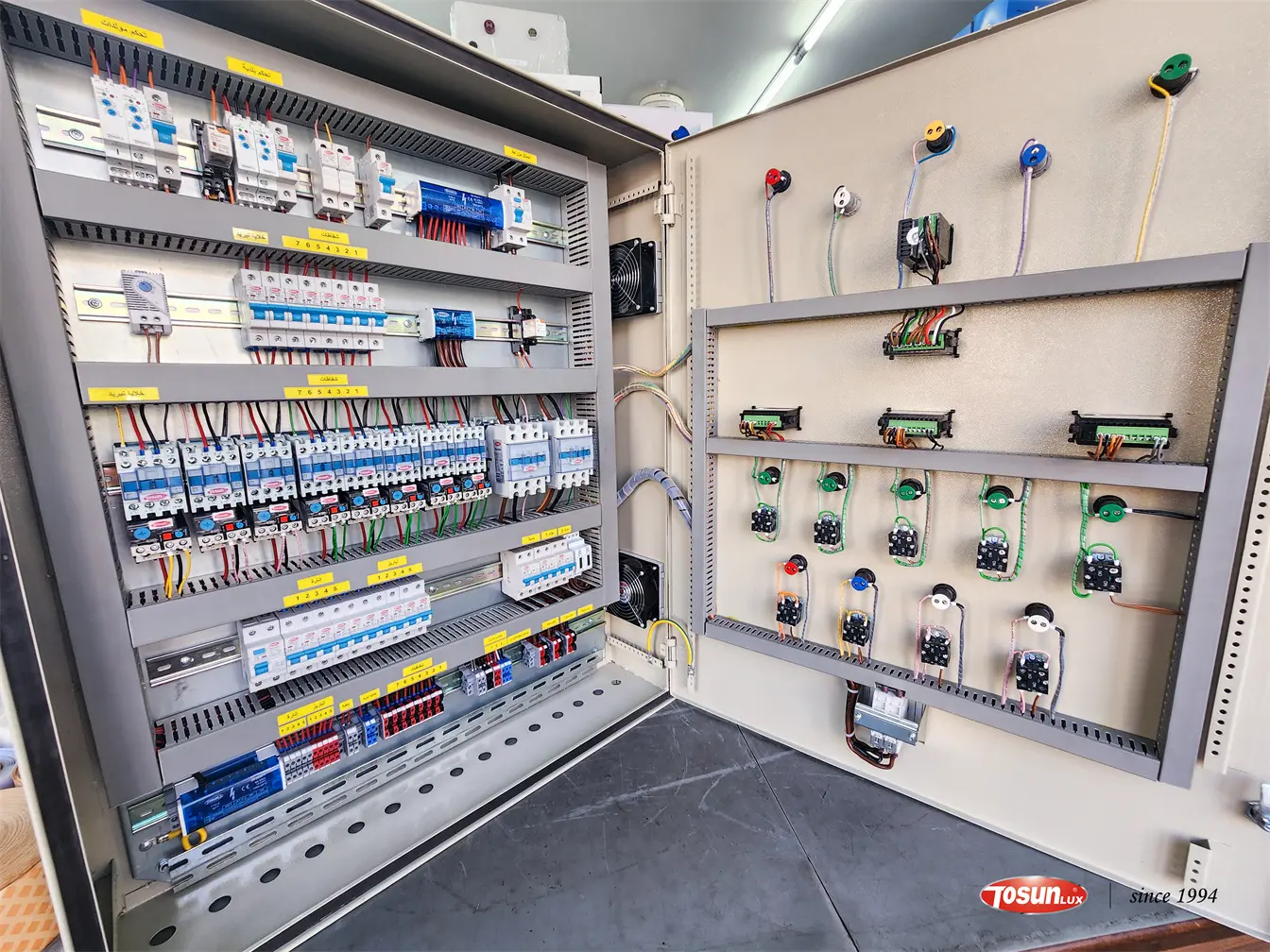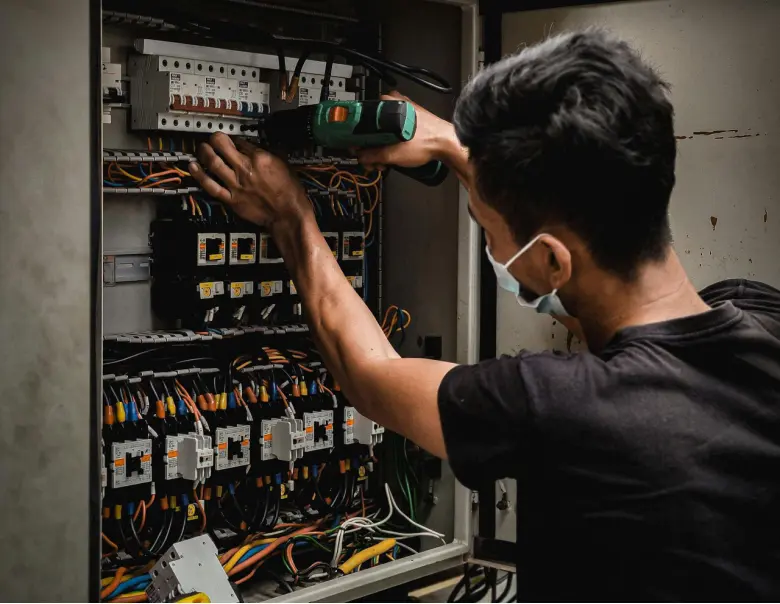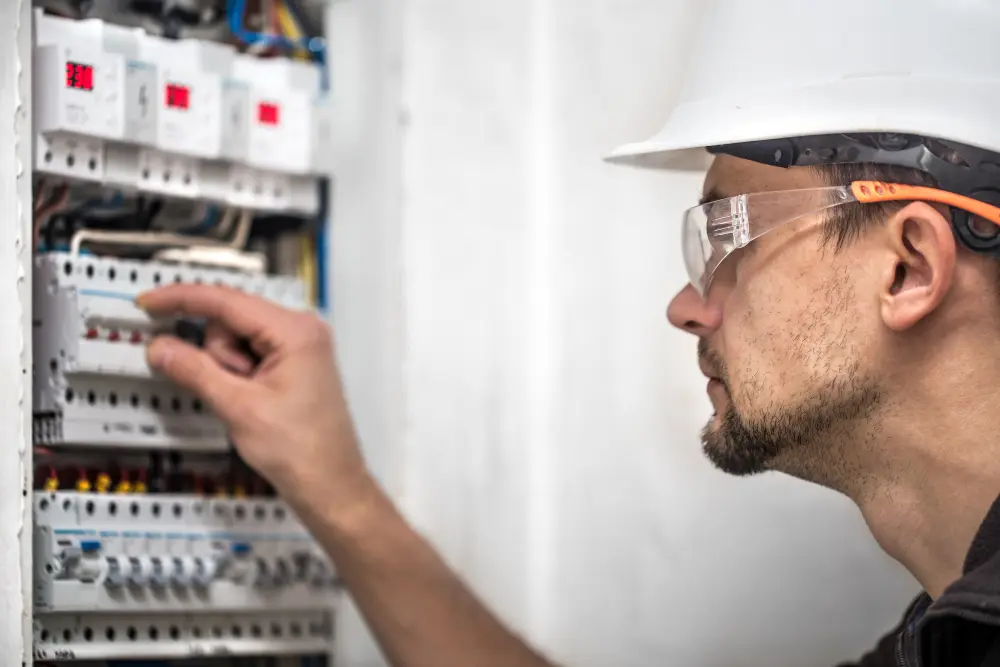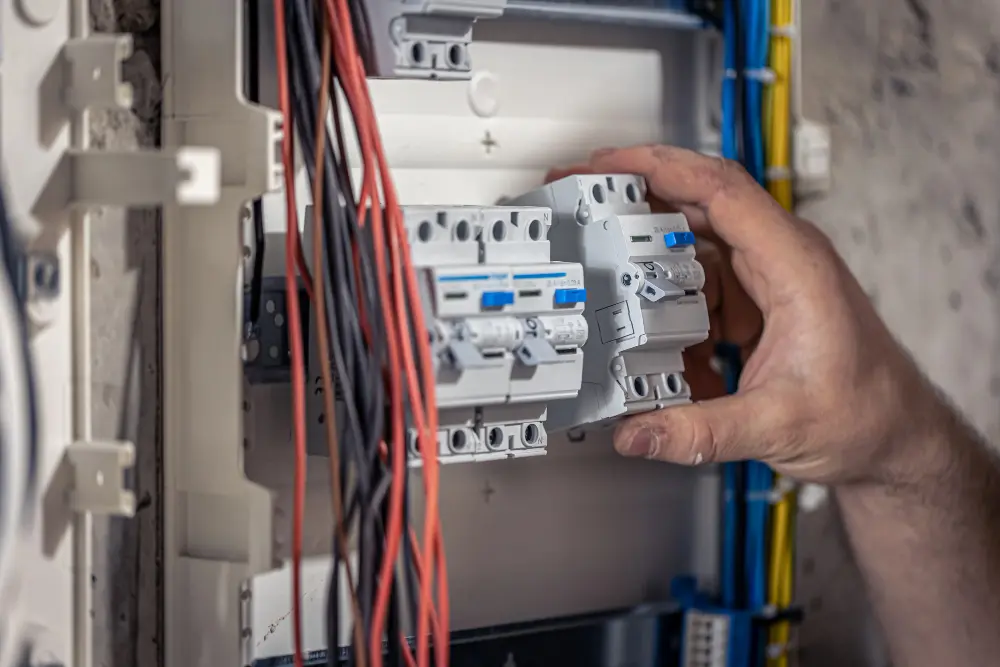Interruttore di disconnessione con fusibile o senza fusibile: qual è la differenza?
07 marzo 2025
Un interruttore di disconnessione è un dispositivo di sicurezza essenziale che isola le apparecchiature elettriche dall'alimentazione. I due tipi principali sono gli interruttori di disconnessione con fusibile e gli interruttori di disconnessione senza fusibile, ognuno con scopi distinti. La differenza principale è che un interruttore di disconnessione con fusibile include un fusibile integrato per la protezione da sovracorrente, mentre un interruttore di disconnessione senza fusibile fornisce solo isolamento senza protezione contro i guasti. La scelta del tipo giusto dipende da fattori quali applicazione, carico elettrico e requisiti di sicurezza. Interruttore di disconnessione con fusibile vs senza fusibile: differenze principali Caratteristica Interruttore di disconnessione con fusibile Interruttore di disconnessione senza fusibile Protezione da sovracorrente Sì (fusibile integrato) No (fornisce solo isolamento) Sicurezza da cortocircuito Sì (previene guasti) No (non previene sovraccarichi) Costo Più alto a causa dell'integrazione del fusibile Più basso (non è richiesto alcun fusibile) Manutenzione Richiede la sostituzione del fusibile Manutenzione minima richiesta Utilizzo Apparecchiature industriali, motori, HVAC Applicazioni a bassa potenza, carichi semplici Interruttore di disconnessione con fusibile: cos'è? Un interruttore di disconnessione con fusibile combina un interruttore di isolamento con fusibili integrati che interrompono automaticamente il circuito in caso di sovracorrente o cortocircuito. Il fusibile agisce come una barriera protettiva che impedisce che un flusso elettrico eccessivo danneggi l'apparecchiatura o causi incendi. Vantaggi di un interruttore di disconnessione con fusibile: ✅ Protezione da sovracorrente: impedisce danni all'apparecchiatura interrompendo il circuito in caso di flussi di corrente eccessivi. ✅ Prevenzione da cortocircuito: riduce il rischio di incendi o pericoli elettrici dovuti a correnti di guasto elevate. ✅ Conformità ai codici elettrici: spesso richiesta dalle normative sulla sicurezza elettrica. Quando utilizzare un interruttore di disconnessione con fusibile: quando è richiesta la protezione da sovracorrente; quando si lavora con apparecchiature ad alta potenza che necessitano di protezione da guasti; in ambito industriale […]
Per saperne di più : +86-139 0587 7291
: +86-139 0587 7291 Inglese
Inglese Spagnolo
Spagnolo Russo
Russo Francese
Francese arabo
arabo Portoghese del Brasile
Portoghese del Brasile Ucraino
Ucraino Turco
Turco Polacco
Polacco Paesi Bassi
Paesi Bassi Italiano
Italiano Bahasa Indonesia
Bahasa Indonesia Hindi
Hindi اردو
اردو sfacciato
sfacciato Հայերեն
Հայերեն ไทย
ไทย Mongolo
Mongolo Fascino
Fascino Squalo
Squalo Ellenico
Ellenico
